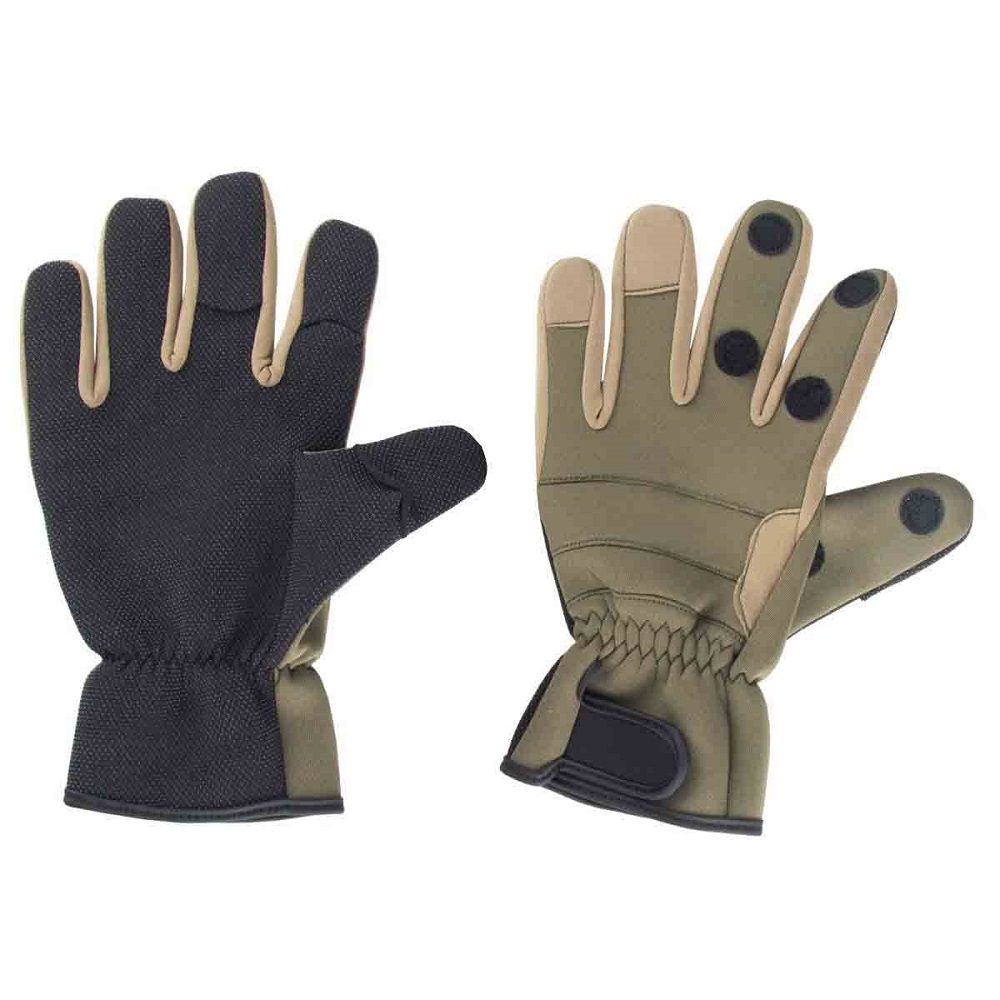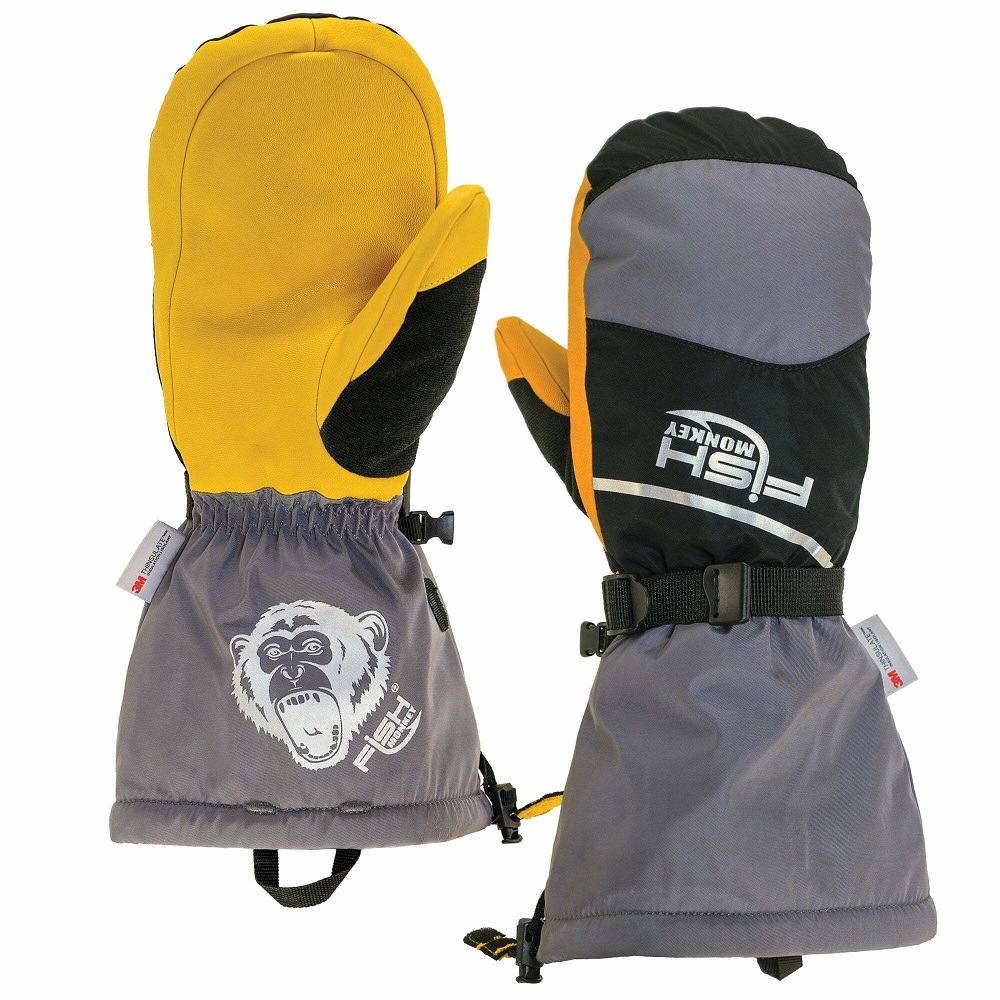Ice fishing is an exhilarating winter sport. It combines the thrill of fishing with the beauty of a snowy landscape. However, the cold weather can be brutal, especially for your hands. Therefore, choosing the right gloves for ice fishing is crucial. In this comprehensive guide, we will explore the features, benefits, and key considerations when selecting ice fishing gloves.

Understanding Ice Fishing Gloves
Why Gloves Matter
When you spend hours outside on a frozen lake, cold hands can ruin your fishing experience. Cold fingers lead to discomfort and can even impact your ability to fish effectively. The right gloves keep your hands warm, allowing you to focus on catching fish rather than shivering. Good gloves also provide grip and dexterity, enabling better control of fishing tackle.
Features of Quality Ice Fishing Gloves
Ice fishing gloves come with several features aimed at enhancing your fishing experience. First, insulation is crucial. High-quality gloves provide excellent warmth without sacrificing flexibility. Look for materials like Thinsulate or other synthetic insulations. These materials keep heat trapped while remaining lightweight.
Another important feature is water resistance. Ice fishing often means dealing with wet conditions, from catching fish to snow exposure. Waterproof gloves keep your hands dry, which is essential for warmth. Many gloves use a special membrane to block water while remaining breathable. This balance keeps your hands from sweating too much.
Grip is also important. When handling slippery fish or tackle, you need gloves that provide a solid hold. Look for textured materials on the palm side. Some gloves also have silicone patterns for extra grip. These features prevent tools from slipping out of your hands, enhancing safety.
Styles of Ice Fishing Gloves
There are various styles of ice fishing gloves. Mittens, fingerless gloves, and full-finger gloves each have unique benefits. Mittens provide maximum warmth, as they keep your fingers together. However, they limit dexterity. For quick tasks, like re-rigging your bait, they might not be the best option.
Fingerless gloves offer great dexterity. You can easily handle tackle and perform fine motor tasks. However, your fingertips are exposed to the cold. Some designs have removable mitten covers, giving you the best of both worlds.
Full-finger gloves provide the most protection. They keep all your fingers warm but still ensure decent dexterity. Many ice fishing enthusiasts prefer these for their versatility. Full-finger gloves protect you from the biting cold while allowing you to perform necessary tasks.
Key Considerations for Buying Ice Fishing Gloves
Insulation and Warmth
One of the most important factors is insulation. Different gloves have different insulation levels. Consider how long you’ll be outside and how cold it is. If you’re fishing in extreme conditions, look for gloves with high insulation ratings. Thinsulate is a popular choice as it offers superior warmth with minimal bulk.
Additionally, consider how you regulate your body heat. Some gloves come with ventilation options, allowing you to let out excess heat. This feature can be beneficial if you tend to get hot hands easily.
Fit and Comfort
Fit is another critical consideration. Gloves should fit snugly but not be too tight. A good fit ensures maximum insulation and dexterity. Be mindful of how the gloves feel when moving your fingers. There should be no restriction in movement.
Try different sizes and styles to find what works best for you. Some brands offer adjustable cuffs for a better seal against winds and snow. Ensure that the gloves cover your wrists adequately to prevent any cold air from creeping in.
Durability and Material
Ice fishing gloves should endure harsh conditions. Look for durable materials that resist wear and tear. Reinforced palms and seams can increase longevity. Many gloves use nylon or polyester for the outer layer due to their resistance to water and cold.
Inspect the stitching as well. High-quality gloves will have tight and even stitching. Loose threads can lead to early wear. You want gloves that last through multiple fishing trips.
Price Point
Finally, consider your budget. Ice fishing gloves are available at various price points. Higher-end gloves often feature advanced materials and technologies. However, there are also budget-friendly options that perform well for recreational fishermen. Think about how often you plan to fish and invest accordingly.
Types of Ice Fishing Gloves Merchandise
Waterproof Gloves
Waterproof gloves are ideal for ice fishing. They keep your hands dry, allowing you to handle wet fish without worry. Look for gloves with waterproof membranes to ensure optimal performance. Many gloves combine multiple materials to create a balanced, waterproof experience.
Insulated Gloves
Insulated gloves come equipped with materials designed to trap heat. They’re perfect for extremely cold days on the ice. Insulated gloves often contain fleece or synthetic linings. They provide the warmth you need without excessive bulk.
Fingerless Gloves
Fingerless gloves offer flexibility for those needing high dexterity. While not as warm as mittens, they allow you to feel your fishing line more effectively. Many designs also incorporate features like removable mitts for those quick tasks.
Hybrid Designs
Some manufacturers produce hybrid gloves that combine the benefits of mittens and full-finger gloves. These gloves often feature removable covers, allowing you to switch based on your current needs. They blend warmth, dexterity, and versatility that ice fishermen crave.
How to Care for Your Ice Fishing Gloves
Washing and Drying
Proper care extends the life of your gloves. Most gloves can be machine washed, but always check the care label first. Use cold water and a gentle cycle to prevent damage. Avoid fabric softeners, as they can impact waterproof membranes.
After washing, air drying is usually best. Lay your gloves flat or hang them in a sheltered area. Avoid direct sunlight or heat sources, as they may warp or damage the material.
Storage Recommendations
Proper storage is key. Store gloves in a dry, cool place. Avoid cramming them into tight spaces, as this can damage their shape. If possible, keep them in a breathable cloth bag rather than plastic. This prevents moisture buildup and helps maintain their integrity.
Repairs and Maintenance
Check your gloves regularly for wear and tear. If a seam starts to come undone, consider sewing it back up. Some products also offer waterproofing treatments. These can refresh the gloves’ protective qualities and maintain their effectiveness.
The Future of Ice Fishing Gloves
Innovations in Material Science
Technology improves every aspect of our lives, including ice fishing gloves. New materials emerge that offer better insulation and water resistance. Brands invest in research to find the perfect balance of warmth, weight, and dexterity. Future gloves may incorporate smart technology, like heat sensors or moisture control systems.
Eco-Friendly Options
As sustainability becomes a focus in every industry, glove manufacturers are starting to produce eco-friendly options. These gloves use recycled materials, reducing their carbon footprint. Consumers now have better choices that align with their values while still enjoying their favorite sport.
Conclusion
Choosing the right ice fishing gloves can significantly enhance your experience on the ice. From warmth and insulation to grip and dexterity, every aspect matters. Understand your needs and explore the various options available.
For seasoned fishermen and newcomers alike, ice fishing gloves are indispensable. They not only protect your hands but also increase your performance on the ice. Take the time to research, try various styles, and invest in a good pair. You won’t regret it when you’re comfortably enjoying the thrill of the catch.


